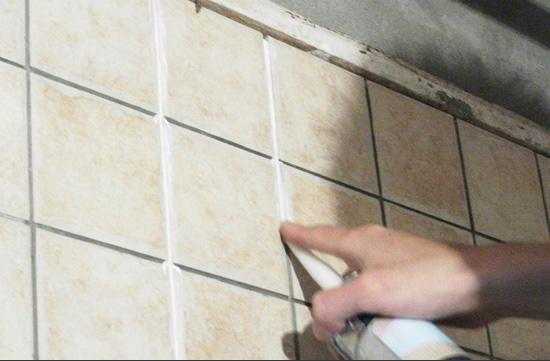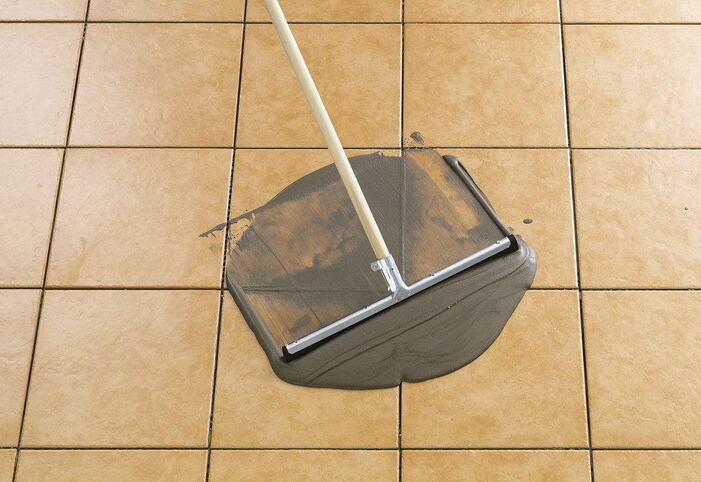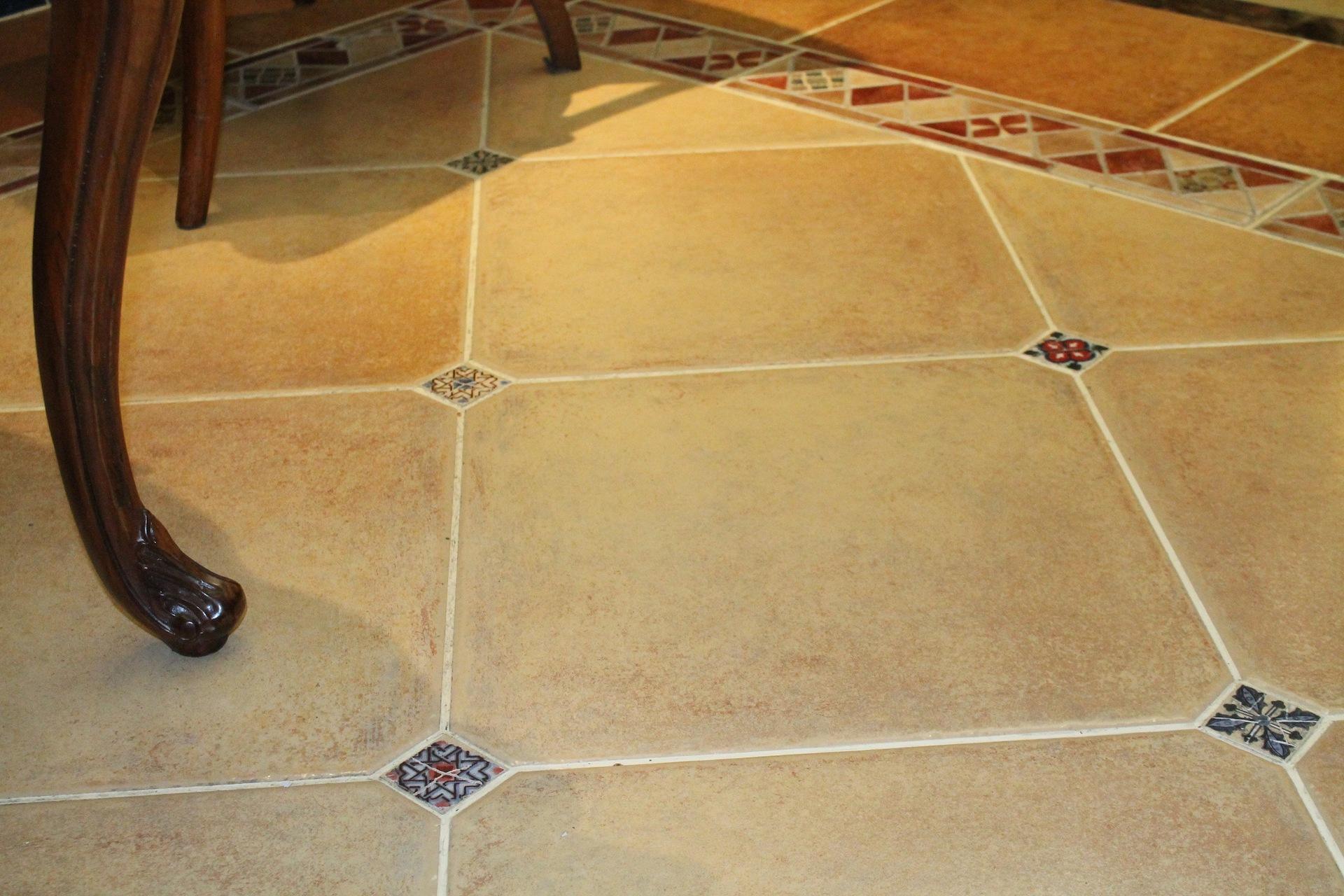Tiles are our choice for every home decoration, but after the tiles are finished, they will do a process, that is, tile joints , and today we must join with you to understand the introduction of tile joints , take a look at the tile joints Some materials and related presentations.

What are the material of the tile jointing
1, seaming agent
Ingredients are white cement, micro-polymers and pigments; whiteness is about 86%, surface strength is slightly higher than white cement; color caulking agent is more, but all are dull and dull, generally with antique bricks Slightly better.
2, US grout
Its solidified polymer and high-grade pigments, trace additives, rich colors, bright colors, and with gold, silver, pearl color, stainless steel color, suitable for matching with a variety of color tiles.
3, white cement
White cement has low whiteness, low bonding strength, serious pulverization, easy to yellow and dirty brick joints, and a breeding ground for molds in wet environments. Directly hooking wide brick joints will produce a large number of cracks. The only advantage is low prices. .

4, putty powder
The most commonly used binders for putty are cement and organic polymers. Organic polymers are divided into emulsions and latex powders. Cement is a good adhesive, durable and cost-effective adhesive, but it has poor tensile strength and crack resistance.
Tiles Note
In the ceramic tile decoration, it is very important to leave this step. It can be said that leaving the seam is the cornerstone of the success or failure of the tile laying. After the tile is laid, it is an essential process to leave the seam. What can you do to make the seam work? According to different climates, what are the differences?

1, the importance of tile joints
No matter what grade of tiles, each piece can not be exactly the same, the length, width, height, thickness of the error, seamless paving or improper sewing, will inevitably make the tiles become crooked. Appropriate seams can also ensure the safety of the tile itself, otherwise, once the ambient temperature changes, even if the tiles are hot and cold, there are paving tiles, and the rules for leaving seams are different.
2, the gap in the 1-1.5mm
The seam of a typical seamless brick should be 1-1.5mm, but not less than 1mm. Ordinary tiles, roughly between 3-5mm. When consumers purchase, they should ask the sales merchant for a special cross locator (width 1mm, 2mm, 3mm, 5mm, etc.) to ensure that the tile joints are straight and uniform in size.

3, for widening
The pursuit of special effects tile laying can also widen the gap of the tiles. For example, special effects of antique bricks, external walls, cultural bricks, etc. should be left wide slit is appropriate. In addition to this, if the tiles are laid in the winter, care should be taken to make the joints slightly larger to prevent thermal expansion and contraction, and the caulking will squeeze each other.
The above is to give you all the tiles of the material and what are the notes of the tile left seam, I believe everyone after reading this article for the tile sting material has a basic understanding, if you want to know more about the decoration consulting, Please continue to pay attention to this site.
Tile seaming agent
Shower Faucet,Bathroom Shower Faucets,Single Handle Shower Faucet,Bath Mixer Taps With Shower
AIHUI Sanitary Ware , https://www.fsaihuisanitary.com
